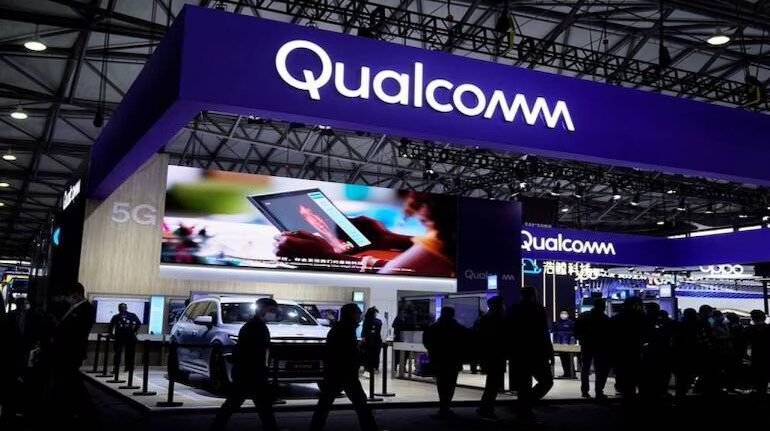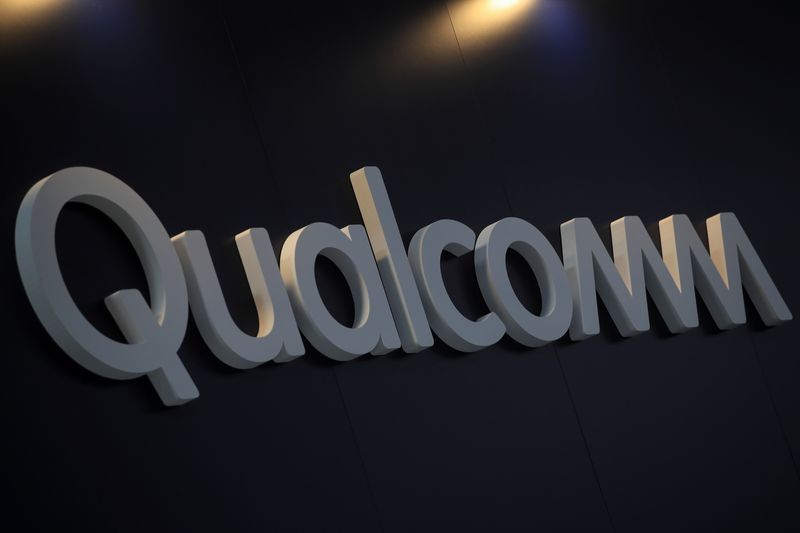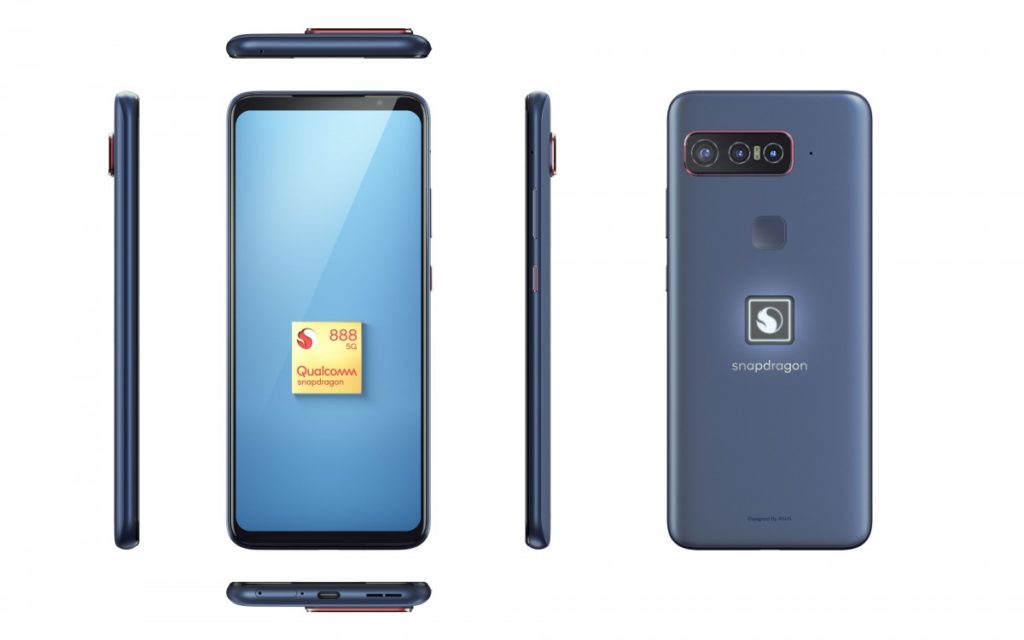Qualcomm to acquire Israeli auto-chip maker Autotalks
In an attempt to grow its automotive-related business, Qualcomm Inc announced on Monday that it would be acquiring Israel’s Autotalks Ltd, a manufacturer of chips utilized for crash-prevention technology in automobiles.
The business claimed Autotalk’s technology would be integrated into its aided and automated driving solution, known as Snapdragon Digital Chassis, although declined to disclose the financial details of the agreement.

With more and more automakers outfitting their vehicles with driver-assistance mechanisms, Qualcomm reported in September of last year that the company’s automotive business” pipeline,” or possible future orders, increased by over ten billion dollars to 30 billion USD following its third-quarter earnings were released at the end of July.
Also Read: Nvidia short sellers lose $5 billion as shares rise more than 90%
The firm, which attributes the increase to its Snapdragon Digital Chassis product, is competing to gain that market share with Mobileye Global of Intel & Nvidia Corporation.
In the second quarter that concluded on March 26, earnings from the automotive business of Qualcomm increased 20 percent to 447 million USD.
In order to increase safety on the roadways, Autotalks manufactures specialized chips for use in V2X technology for communication for human-driven and autonomous vehicles.
“We have been investing in V2X research, development, and deployment since 2017 and believe that as the automotive market matures, a standalone V2X safety architecture will be needed for enhanced road user safety, as well as smart transportation systems,” said Nakul Duggal, senior vice president & GM, automotive, Qualcomm Technologies, Inc.
Source: qualcomm.com
Licensing company, QTL, as well as the great bulk of the patent portfolio, are both parts of Qualcomm Incorporated. The engineering, R&D, and nearly all of the products and services businesses, which include the QCT semiconductor business, are all run by Qualcomm Technologies which is a Qualcomm Incorporated division, along with its other subsidiaries.
Also Read: IBM to pause hiring in the plan to replace 7,800 jobs with AI
Products with the Snapdragon and Qualcomm brands are made by Qualcomm Technologies, Inc. or one of its affiliates. It Incorporated grants licenses for Qualcomm’s trademarked technologies.
With the help of Qualcomm, the entire globe may be smartly connected. With the help of their single technological roadmap, they can effectively expand the mobile revolution’s founding technologies, such as improved connectivity, efficiency, low-power computing, on-device ability, and others, to the upcoming next generation of smart devices with connectivity throughout industries.

I am a student pursuing my bachelor’s in information technology. I have a interest in writing so, I am working a freelance content writer because I enjoy writing. I also write poetries. I believe in the quote by anne frank “paper has more patience than person






